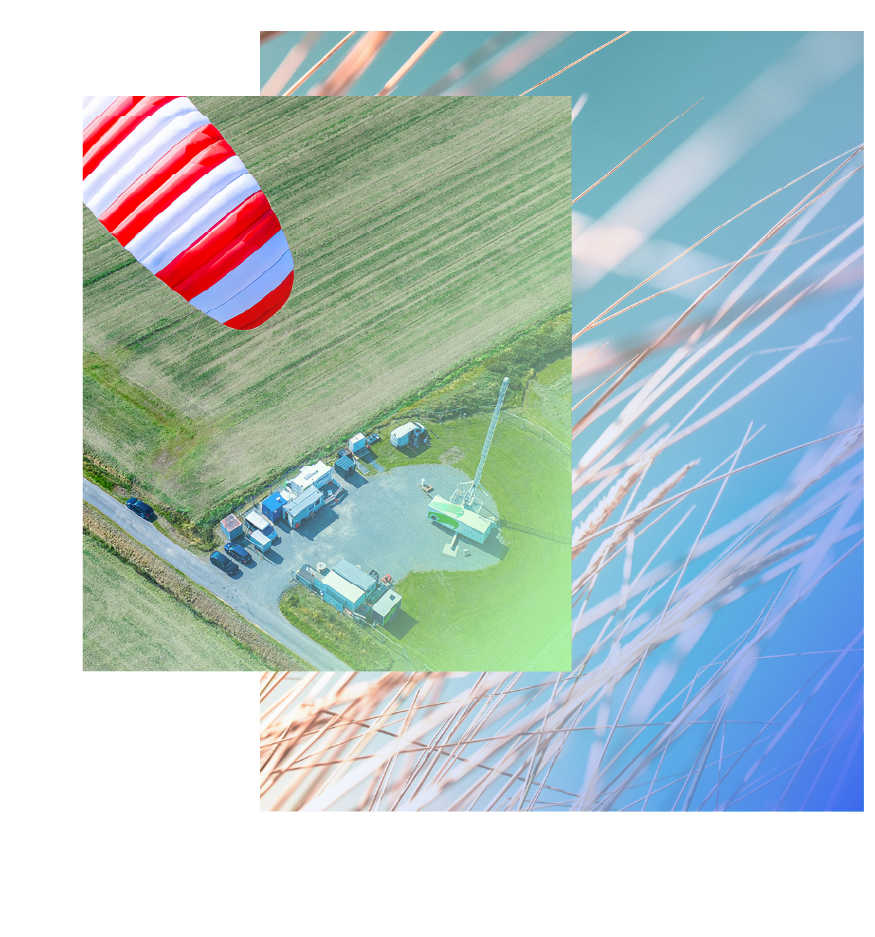A cornerstone of the renewable energy transition


The kite system unlocks new opportunities for onshore wind energy — especially where traditional turbines can’t operate. Our innovative kite systems complement conventional wind power by tapping into a previously unused resource: high-altitude wind.
Where ground-based systems face limits — due to space constraints, challenging terrain, remote locations, or lack of grid access — Kite technology steps in. Our airborne technology delivers clean energy in places others can’t reach. Built to current wind energy industry standards, SkySails offers a proven, flexible solution for achieving true energy independence — from the ground up to the sky.
To provide you with the best possible experience, we use technologies such as cookies to store and/or access device information. If you consent to these technologies, we may process data such as browsing behavior or unique IDs on this website. If you do not give or withdraw your consent, certain features and functions may be affected.